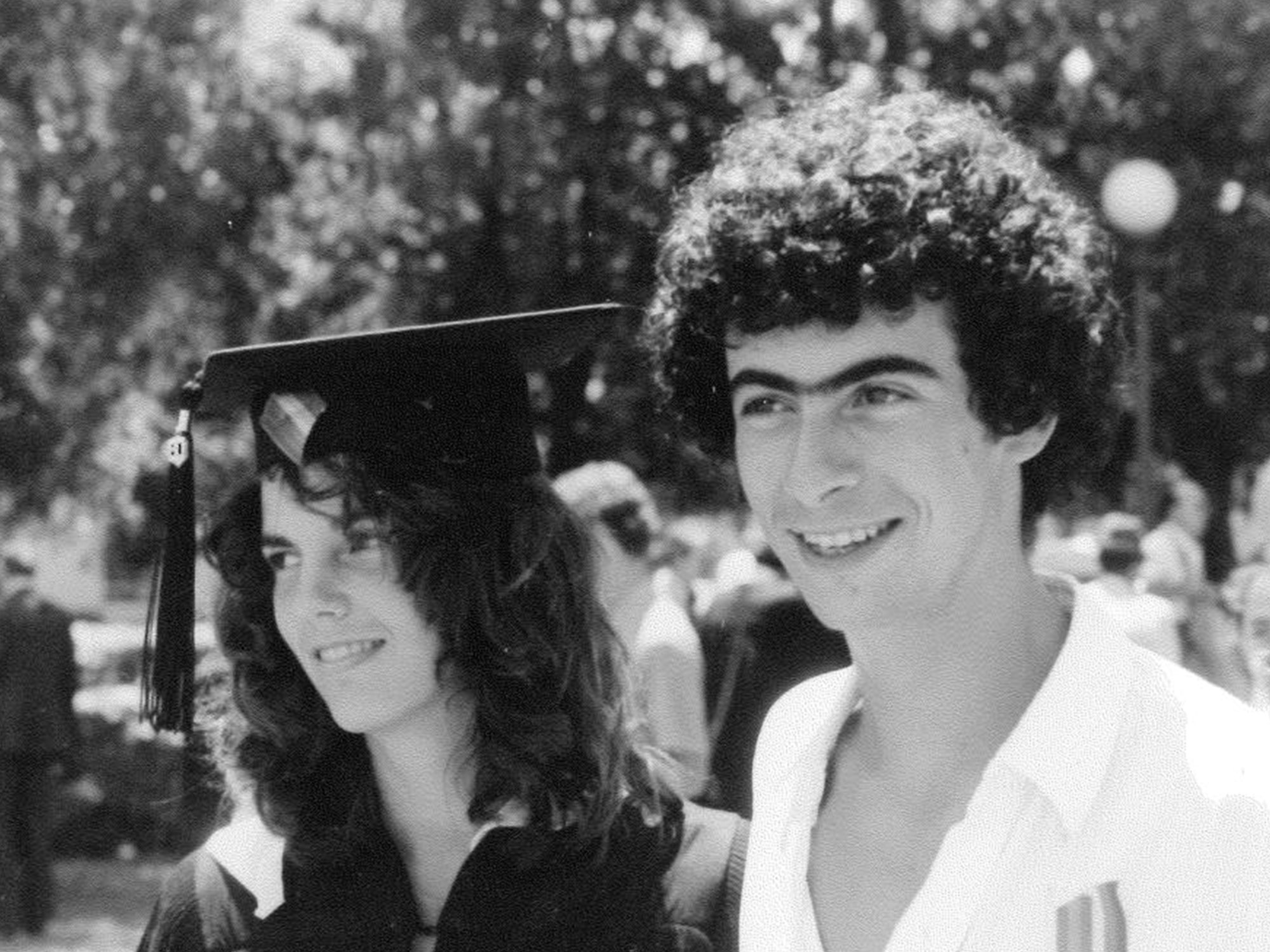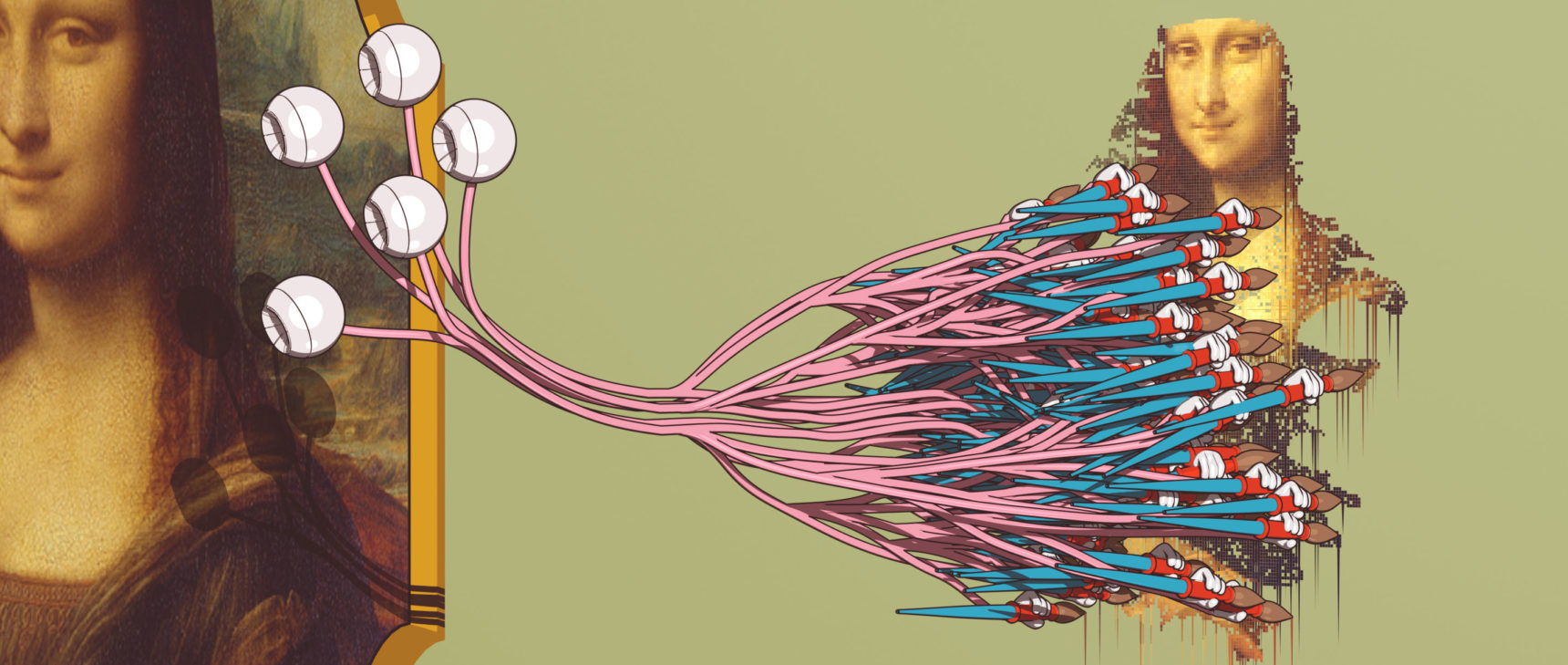Ann Nelson Took On the Biggest Problems in Physics

Ann Nelson hiking last year in The Enchantments, an area in the Cascades in Washington State.
Courtesy of David Kaplan
Introduction
The Standard Model of particle physics enumerates all the particles we’ve ever seen and captures most of how they relate to each other. This set of equations is considered a major triumph, but problems remain. For example, the Standard Model predicts that the neutron will develop properties it has never been observed to have. One possible solution to this problem, known in the community as the strong CP problem, was proposed in 1977 by Roberto Peccei and Helen Quinn. Another solution was developed in 1984 by two researchers working independently: Stephen Barr and Ann Nelson, who was then a doctoral student at Harvard University.
Ann’s unexpected death on August 4 forced me to put this origin story in perspective. Publishing a single-author paper on one of the major open problems in physics as a graduate student would seem to have required fearlessness and bravado. While Ann was confident enough, I think the truth is more that she was an intensely focused builder and creator. As her former student Paddy Fox told Rob Fardon, who was deciding whether to become her student, “When you realize how big her brain is, you’ll be amazed there’s no room in there for an ego.” Indeed, Ann’s early contributions to physics were tremendous. Although the Peccei-Quinn mechanism remains the most popular resolution to the strong CP problem, Nelson-Barr is always mentioned as the most viable alternative. And many people could have rested on their laurels after such a major achievement.
That was not Ann. Instead, she plowed forward, making contributions to particle physics that were so diverse and wide-ranging that my colleague Matthew Reece of Harvard told me, “It might be easier to try to list what Ann didn’t make a major contribution to.” That 1984 single-author paper, “Naturally Weak CP Violation,” doesn’t even make the top 10 for her most highly cited papers. Instead, one finds an array of papers that describe how the electromagnetic force and the weak force became separate entities in the universe (since we now understand that in the early universe they must have been unified), as well as papers that propose explanations for the breaking of supersymmetry, a popular theoretical extension of the Standard Model that posits an undiscovered partner particle for each known particle.
Ann was part of a group that proposed a supersymmetric model that looks similar to the simplest possible version of supersymmetry at short distances but avoids its well-known problems at long distances. That 1996 paper, “The More Minimal Supersymmetric Standard Model,” helped establish a new set of now widely explored models that are collectively known as “natural supersymmetry.” In addition to her work on electroweak symmetry breaking and supersymmetry, Ann’s intellectual curiosity also led her to contribute impactful papers on neutrinos, cosmology, the hypothetical particle called the axion implied by Peccei-Quinn’s mechanism, and many other open questions in particle physics.

Ann Nelson and David Kaplan at their graduation from Stanford University in 1980. They wore colored ribbons to protest Stanford investments in apartheid South Africa.
Courtesy of David Kaplan
Her drive to understand every nook and cranny of particle physics meant that Ann had a wide array of collaborators. She wrote most often with her husband, David B. Kaplan, her partner of 42 years, who was with her when she died. But she also wrote with a wide range of people, from her own graduate students to graduate students in other programs, as well postdocs and faculty from around the world. Particle physics, particularly theoretical particle physics, can be an incredibly competitive field, but anyone who worked with her would say that Ann was wildly generous. Her former doctoral student Seyda Ipek captured this perfectly when she remarked that Ann was often the first to notice a problem with someone’s model, but also the first to propose a solution to it. Ann was not interested in tearing ideas down but in creating the most interesting and useful ones.
I remember that early in my time as her postdoc at the University of Washington, Ann told me that to be happy as a model builder in particle physics, I had to be OK with something like mounting a moose head on the wall and putting a purple scarf on it and not worrying about why it was wearing a purple scarf. I recounted this story to some colleagues at the Aspen Center for Physics just two months ago because I felt it was so characteristic of Ann but also incredibly freeing. Ann was telling me to be comfortable with being imaginative about physics — to devise solutions that could be true, even if it’s not obvious why the universe would work that way. Her philosophy was to focus on the problem at hand rather than trying to solve everything all at once.
Particle physics, even compared to the rest of physics, is a notoriously homogeneous discipline, full of white men. In the midst of all this homogeneity, Ann managed to be wildly successful. Sure, she was brilliant, but it is not enough to be brilliant. Ann was also lucky enough to be someone who was not enormously distracted by the kinds of things that often turn into insurmountable barriers for women and other minoritized — historically excluded — people in physics. Powerfully, Ann did not expect others to be like her in this respect but rather felt that the physics community should eliminate the barriers. Her University of Washington colleague Sarah Tuttle reminded me that in 2019 the idea of focusing on eliminating barriers rather than “fixing” presumably deficient minorities remains a revolutionary standpoint.
Moreover, Ann realized that with her success came power, and she was ready to wield it. Without fanfare, Ann wrote majority woman-authored papers during a time when a paper with even more than one woman co-author in theoretical physics was rare. Seventeen years later, it still is. When I would contact her about men of color and women postdocs who were struggling to stay afloat, as I once did, Ann always volunteered to talk to them and look for positions to sustain them. Eventually, her letter of recommendation formed part of my successful application to become the first Black woman-identified person to ever hold a faculty position in theoretical cosmology.
Importantly, Ann knew that our relationship was a two-way street and that I had expertise that she did not. Unlike many of the senior people I had crossed paths with before her, she was not threatened by this. Rather, before Ann published a widely circulated essay in 2017 about the need for physics to commit to welcoming minoritized people in science, she let me read it and give her notes. This seems like it should be fairly basic, but it must be celebrated for its rareness.
Ann understood that not everyone had the option of shutting up and calculating, and she never demanded that from me. Instead, she recognized that my identity as a Black femme in physics mattered to me, and she supported me in that existence holistically. She was regularly spotted in the office wearing a button that loudly proclaimed “Black Lives Matter.” When my colleagues and I wrote a statement known as Particles for Justice and were looking for co-signers in particle physics, Ann was singlehandedly responsible for at least 30 of the first 200, spending an unplanned evening pushing people to sign a statement that took a stand against misogyny and racism.
Characteristically, in our final email exchanges in June, her email signature didn’t indicate her various titles like elected member of the National Academy of Sciences, J.J. Sakurai Prize winner, Guggenheim fellow, and Kenneth J. Young Chair of Physics at the University of Washington. Instead it offered a vision of a better world for physicists of all kinds: “Pronouns: she/her. Some people identify with or use pronouns that may not be obvious based on their appearance. By stating mine clearly I hope to encourage others to share theirs. Please help make our culture more inclusive, safe, and comfortable for everyone.”



